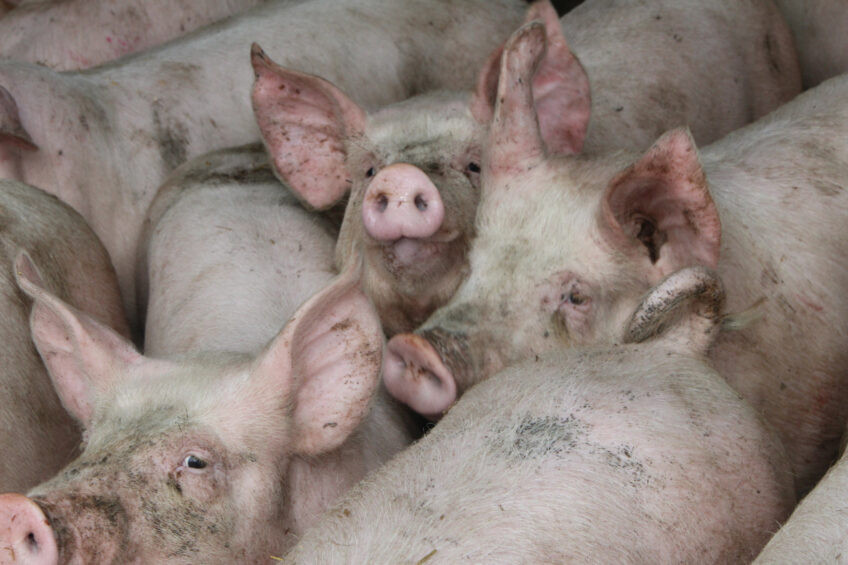The U.S. Department of Agriculture’s (USDA) Animal and Plant Health Inspection Service (APHIS) is sharing key updates regarding the detection of HPAI H5N1 in a backyard farm operation in Crook County, Oregon.
On October 30, USDA APHIS announced that H5N1 avian influenza was detected in one of the pigs at this backyard farm, that two pigs tested negative, and tests were pending for two additional pigs. The USDA National Veterinary Services Laboratories (NVSL) has completed testing on the two remaining pigs and has confirmed that one tested positive and met the clinical case definition for HPAI H5N1. Sequencing from this positive sample, while incomplete due to the low level of the virus, indicates infection from the D1.2 genotype of H5N1.
Because the amount of virus from the infected pigs was very low, only partial genomic sequences could be extracted from one of the two samples, and these sequences indicate infection with the D1.2 genotype of H5N1. APHIS and the Oregon Department of Agriculture had previously also shared that H5N1 had been detected in poultry on the same farm; the samples from the poultry were also found to have the D1.2 genotype.
Genomic sequencing of samples from migratory birds in the area showed very similar sequences, which increases the probability that the pigs and poultry on this farm became infected after coming into contact with infected migratory birds, not dairy cattle or other livestock.
This farm is a non-commercial operation, and the animals were not intended for the commercial food supply. There is no concern about the safety of the nation’s pork supply as a result of this finding.
pig333.com



